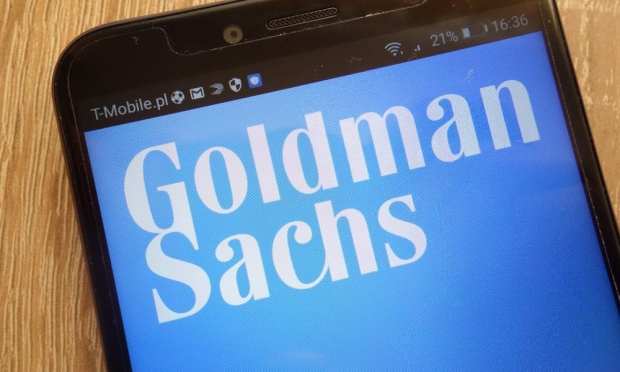Red Ink Marks Marcus — And Goldman Sachs’ Risky Consumer Bet

There are advantages to moving downstream — gaining new customers, of course, is a goal for any company. Yet, for Goldman Sachs’ new consumer banking division, the red ink is flowing, and relatively high default rates may raise eyebrows. Apple Card has its promise and perils. So, Goldman may be looking at consumers as a long-term strategy, but the clock is ticking.
Earnings season happens every three months, like clockwork. Also, like clockwork, banks give a glimpse into the state of how interest rates and the economy are faring — and, of course, consumers’ willingness to spend.
In general, banks have pointed to the continued resilience of the consumer, evidenced in JPMorgan’s increased card loans, and Citi’s 5 percent growth in card purchase sales. Dig a little deeper and one will find commentary, or details in supplemental materials, about how digital efforts are faring. JPMorgan logged 12 percent growth in active mobile users.
Headline numbers may trigger quick reactions on Wall Street from traders and investors — Goldman Sachs shares initially dipped, then finished a bit better than flat on the day, even as peers saw stocks rise. Goldman Sachs, of course, lost money on Uber and other investments during the quarter to the tune of more than $260 million. The We Company got a “re-valuation” of about $80 million, according to management.
Goldman Sachs CFO Stephen Scherr said there have been continued investments in digital efforts and platforms, as technology-related expenses gained 13 percent year over year to $282 million, and stand at $859 million year to date. Such spending — according to management on the conference call with analysts to discuss earnings results — is focused on key projects with, of course, Marcus and Apple Card among them, in addition to transaction banking. The investments helped impact return on equity by 60 basis points.
Marcus itself continues to grow, with deposits at the most recent quarter standing at $55 billion — more than doubling since last year, alongside $5 billion in loans, according to Scherr.
Yet, as the saying goes: “You’ve got to spend money to make money.” The Marcus initiative, as reported last month, has lost $1.3 billion over the course of its young life span — three years so far. The long game is the one Goldman Sachs is playing, CEO David Solomon said, stating that the firm has a track record of integrating newly built businesses over time.
“We are willing to sacrifice some short-term returns to make these investments,” said Solomon in response to analyst questions on the earnings call.
Scherr said provisions for credit losses were up by 67 percent year over year to $291 million — up $77 million quarter over quarter, tied to what were termed “idiosyncratic corporate impairments, each of them less than $30 million, none of which relate to a susceptible trend.” However, he also told analysts on the earnings call that the loan loss provisions were flat on a quarterly basis for Marcus’ unsecured portfolio.
“That portfolio is performing much more in line with our initial modeled expectations,” he said, stating later that provisions will grow as the portfolio itself grows.
The Wall Street Journal wrote last month that losses were estimated at 5.5 percent of its loan book, which is higher than Discover Financial Services and above estimates.
Turning to Apple Card, Solomon — who noted that the card has enjoyed the most successful launch ever — said approval rates have been lower, a decision being made in tandem with Apple, and where higher FICO applicants are the ones getting approved.
In response to questions as to where the newer initiatives may see margin improvements, Solomon said, “When we say ‘a long time,’ ‘a long time’ is a subjective word. We think about getting real contribution from some of these investments that we are making over the next three to five years.” However, he added, “I understand in the context of short-term catalysts that that might feel like a long time.”
